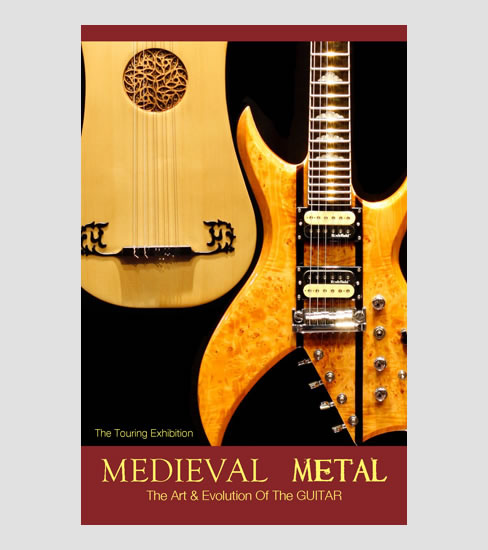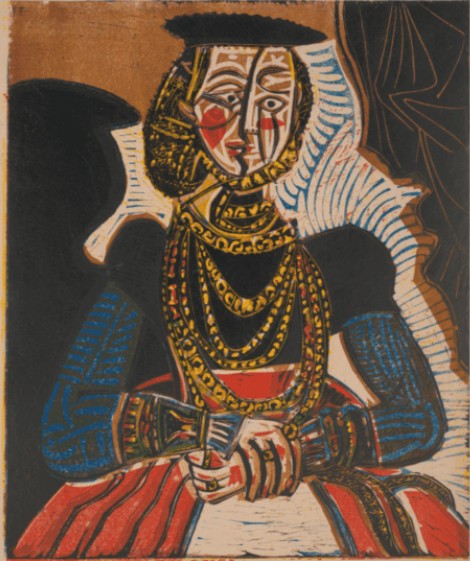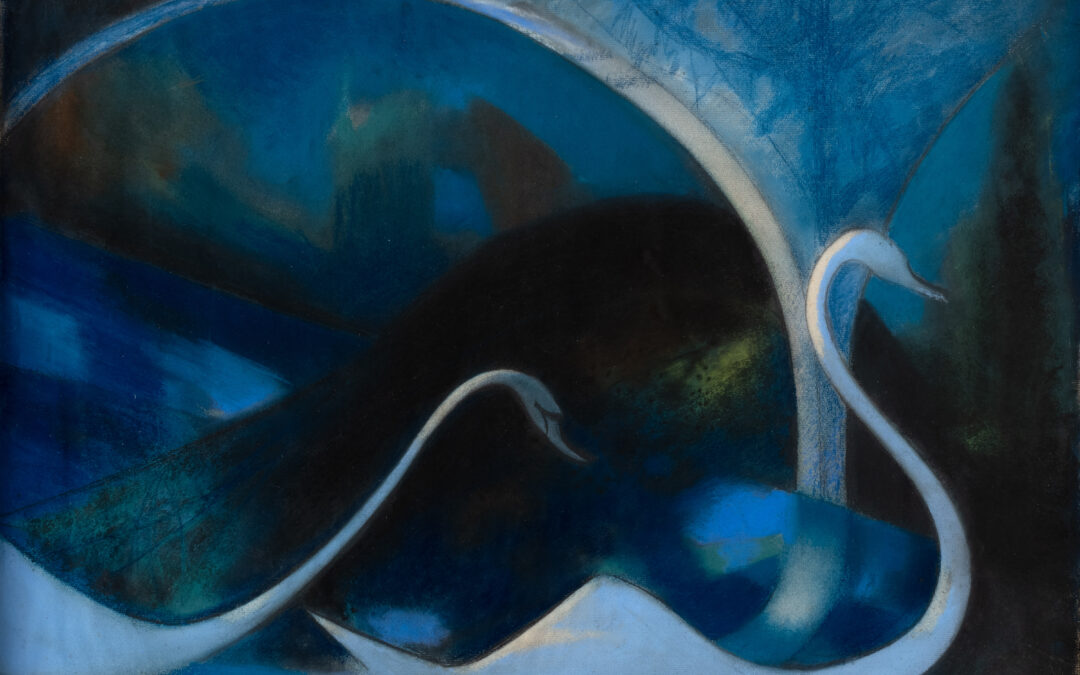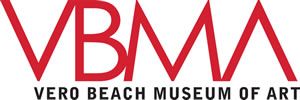
Medieval To Metal: The Art & Evolution Of The GUITAR
January 27-May 6, 2018
Organized by the National Guitar Museum, Medieval to Metal traces the design and history of the world’s most popular musical instrument, from lutes and ouds to classical acoustic and modern electric instruments. In addition to forty varied and historic instruments, the exhibition includes illustrations and photographs of well-known guitar players of the last century and their instruments. “The guitar has been a signature element of world culture for more than 500 years,” explains Harvey Newquist, Executive Director of the National Guitar Museum. “Now visitors can explore the design history and artistry that has played a major role in the guitar’s evolution.” The Moorish oud and European lute were popular in the Medieval era, prior to the development of the modern parlor guitar in the nineteenth century. In the early decades of the twentieth century, classical and steel-stringed acoustic guitars were being produced in increasing numbers by luthiers such as Martin and Gibson. By the 1940s, innovative guitar makers, including Rickenbacker and Fender, were experimenting with electrical pickups and amplifiers to make their instruments louder. Their success is evident in the striking electric guitars that make up the more recent segment of the exhibition.

Picasso and the Progressive Proof
September 13, 2025–January 4, 2026
Picasso and the Progressive Proof: Linocut Prints from a Private Collection explores Pablo Picasso’s late-career printmaking through three key works and their proofs, highlighting his innovative techniques and recurring themes of Spanish heritage, mythology, and European Old Masters.

Recent Acquisition Highlights
September 27, 2025–January 11, 2026
This exhibition highlights the richness of the Vero Beach Museum of Art’s permanent collection, showcasing a diverse range of works—from early American masterpieces to contemporary art—all acquired by the museum within the past few years.
